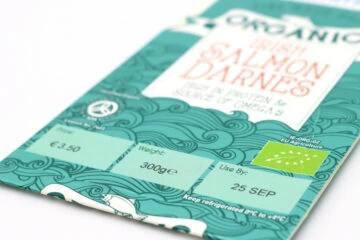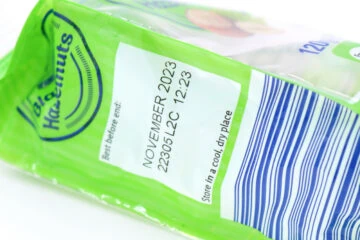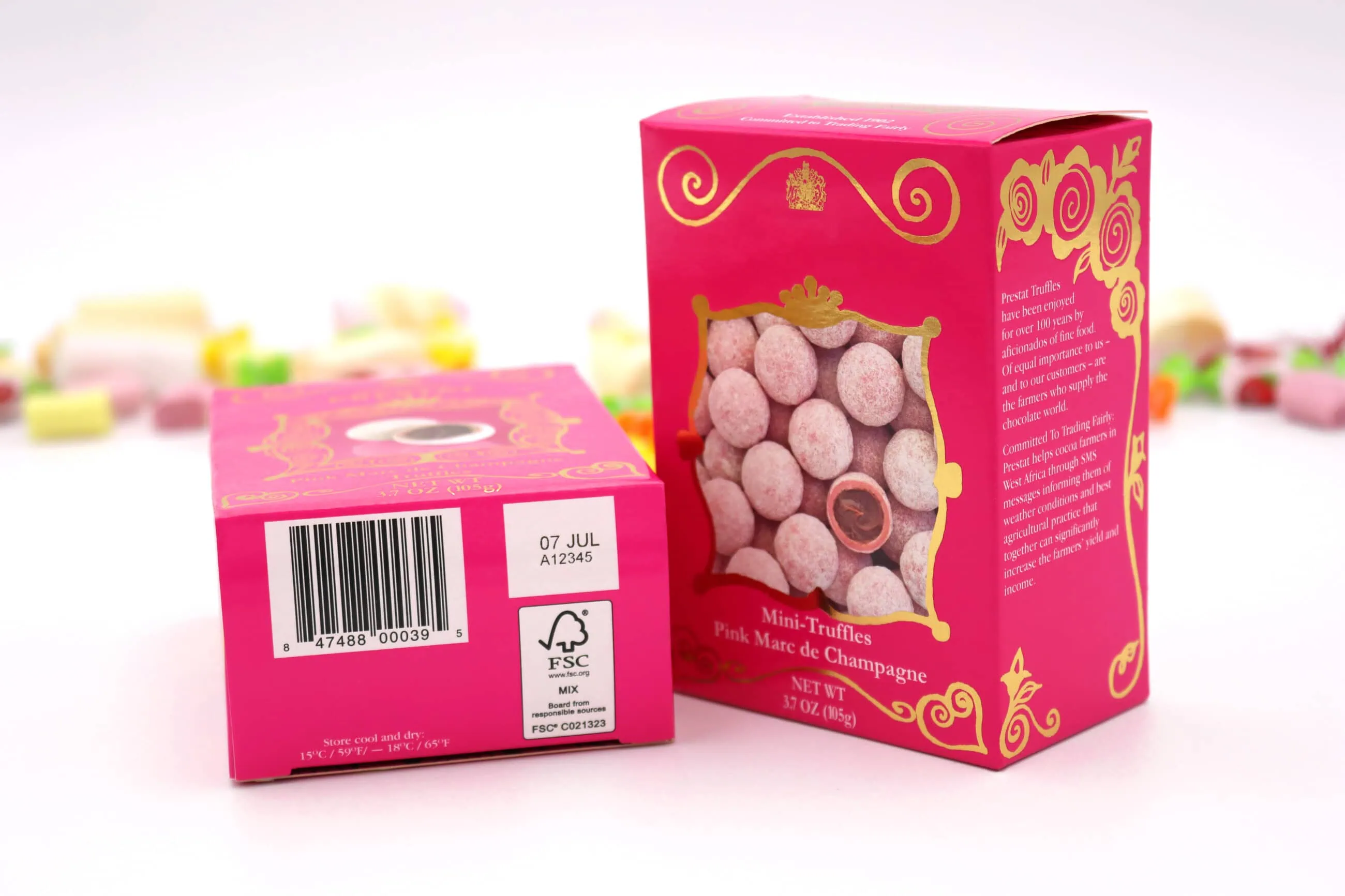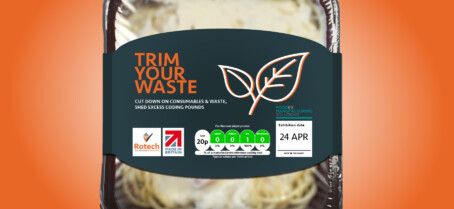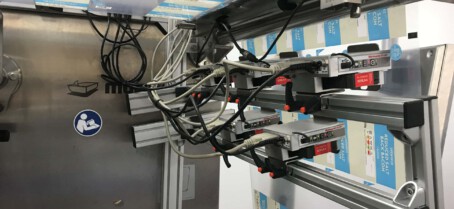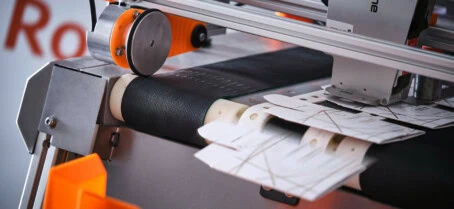Coding and marking can help reduce waste and enhance user experience.
Expertise from a reputable coding & marking company is the first step to reducing waste. The Rotech team have 190+ years of combined industry experience, all working on the front line of food production helping manufacturers reduce waste at every stage of the process.
Using Rotech’s on-line or off-line coding technology, you can print high-resolution, accurate dates and barcodes onto an impressive range of food and drink applications. As a result, you achieve peak traceability, improve your carbon footprint, and protect consumer safety. Our solutions range from:
Thermal Inkjet Technology
Thermal Inkjet (TIJ) is a zero-maintenance coding technology that can print (up to 600 dpi) 2D barcodes, date and batch codes, logos and images. The systems reduce waste on the production line with their recyclable ink cartridges and reduce waste across the supply chain with their ability to reliably generate accurate code.
Off-line feeding and handling systems
TIJ printers can be integrated onto Rotech’s off-line feeding and handling systems, which are designed and engineered in Britian. Print only what you need, when you need it with our off-line coders. These systems are perfect for boosting productivity levels where you may currently be labelling or date stamping by hand.
If you would like to have a chat with one of the team about your date coding processes, feel free to contact us!


